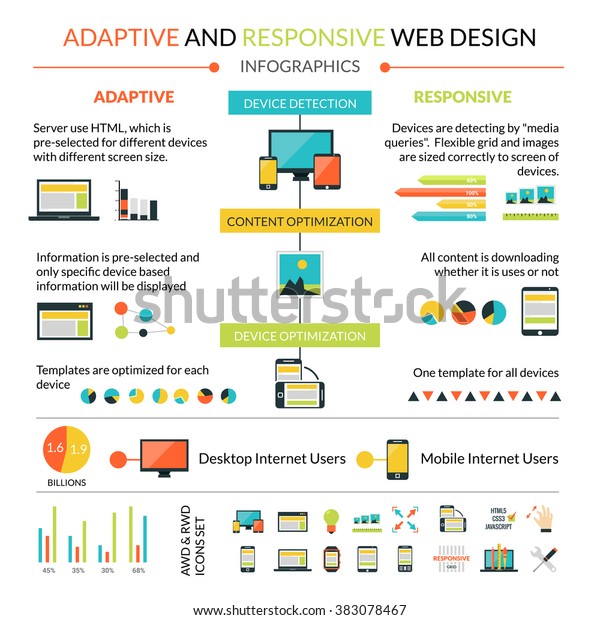The Development Of Internet Site Style: From Past To Existing
The Development Of Internet Site Style: From Past To Existing
Blog Article
Written By-Lamb Bowles
In the past, internet sites were straightforward and concentrated on information. https://what-does-affiliate-marke40517.blogsuperapp.com/30373445/methods-for-effective-pay-per-click-via-efficient-keyword-research was straight, and design was for desktop computers. Now, individual experience is essential. Data overviews layouts for simple navigating. Responsive designs match various tools. Today, dark mode lowers pressure, and minimalist menus enhance navigating. Interactive attributes engage users, and strong visuals stand out. Website Design . See how style has actually evolved to improve your online journey.
Very Early Days of Web Design
In the early days of web design, simpleness preponderated. Sites were basic, with minimal shades, font styles, and layouts. The focus got on providing details instead of flashy visuals. Users accessed the internet via slow dial-up connections, so rate and capability were vital.
Navigating food selections were straightforward, typically situated at the top or side of the web page. professional web design services were made for computer, as mobile browsing wasn't yet common. Web content was king, and developers prioritized very easy readability over complex design components.
HTML was the key coding language utilized, and developers had to work within its restraints. Animations and interactive functions were minimal contrasted to today's requirements. websites being ada compliant were fixed, with little dynamic material or customized user experiences.
Increase of User-Focused Style
With the development of website layout, a change towards user-focused style principles has become progressively popular. Today, developing web sites that prioritize individual experience is important for engaging site visitors and accomplishing organization objectives. User-focused style entails comprehending the demands, preferences, and behaviors of your target audience to customize the site's format, material, and includes as necessary.
Designers currently carry out comprehensive study, such as individual surveys and usability testing, to collect understandings and feedback straight from users. This data-driven technique assists in developing user-friendly navigating, clear calls-to-action, and visually appealing user interfaces that resonate with visitors. By putting the customer at the center of the style process, internet sites can supply a more tailored and pleasurable experience.
Responsive style has additionally become an essential aspect of user-focused style, making certain that web sites are maximized for different gadgets and display dimensions. This flexibility boosts access and use, accommodating the varied methods individuals communicate with internet sites today. In essence, the surge of user-focused style represents a shift towards producing digital experiences that prioritize the needs and expectations of the end individual.
Modern Trends in Web Design
Discover the latest patterns shaping website design today. One prominent fad is dark setting design, using a streamlined and modern look while reducing eye stress in low-light atmospheres. An additional vital trend is minimalist navigating, streamlining menus and enhancing customer experience by focusing on essential elements. Integrating micro-interactions, such as computer animated switches or scrolling effects, can create a more appealing and interactive site. Receptive style remains essential, guaranteeing seamless user experiences throughout different gadgets. In addition, making use of strong typography and asymmetrical formats can add aesthetic rate of interest and accentuate certain content.
Integrating AI modern technology, like chatbots for client support or personalized recommendations, boosts individual interaction and improves procedures. Accessibility has also come to be a considerable pattern, with developers prioritizing comprehensive style methods to accommodate diverse customer needs. Accepting sustainability by optimizing site performance for speed and effectiveness is an additional emerging fad in website design. Collaborating with user feedback and information analytics to repeat and boost layout continuously is necessary for remaining relevant in the ever-evolving digital landscape. By welcoming these modern-day trends, you can produce a visually enticing, easy to use website that resonates with your target market.
Conclusion
As you review the advancement of site style from the very early days to currently, you can see exactly how user-focused layout has become the driving pressure behind contemporary patterns.
Embrace the journey of modification and adaptation in web design, constantly maintaining the customer experience at the center.
Stay existing with the current trends and innovations, and never stop advancing your technique to create visually spectacular and easy to use websites.
Progress, adapt, and produce - the future of website design is in your hands.
